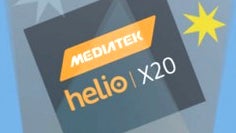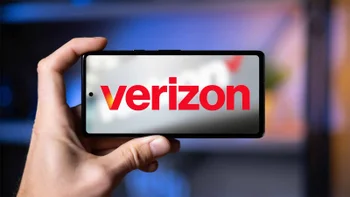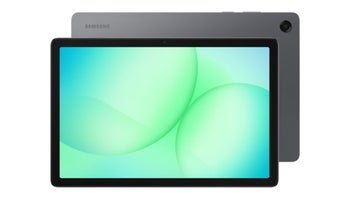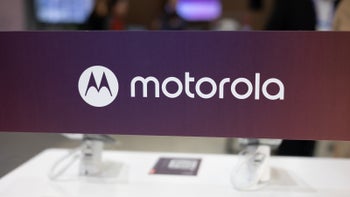MediaTek Helio X20 vs Snapdragon 810: leaked heat test results show a clear winner

A new leak allegedly originating from inside MediaTek research facilities indicates that the Helio X20 runs at lower temperatures compared to the Qualcomm Snapdragon 810.
Before detailing how the two chips performed in the heat test, please note that this is not an official heat test coming from MediaTek itself, meaning that we cannot guarantee that the numbers are real.
Compared to the Qualcomm Snapdragon 810, the MediaTek Helio X20 specifications indicate that the chip isn't really aimed at flagship-level smartphones, but smartphone makers are allegedly already lining up to include the X20 in upcoming handsets.
Helio X20 vs Snapdragon 810 heat test: alleged test conditions
The leaked slides claim that MediaTek's test involved a couple of dummy devices, one powered by the Qualcomm Snapdragon 810, and the other powered by the MediaTek Helio X20. These dummy devices allegedly ran Android 4.4 KitKat, and lacked cellular connectivity.
The test is said to have consisted of three separate stages:
- Stage 1: 10 minutes of casual Wi-Fi browsing
- Stage 2: 10 minutes of Asphalt 8 (using the top quality graphics available)
- Stage 3: 10 minutes of Modern Combat 5
Helio X20 vs Snapdragon 810 heat test: alleged results
The Snapdragon 810 and the Helio X20 started at about the same temperature, somewhere between 20 and 25 degrees Celsius. At the 10 minute mark, both chips heated up to almost 30 degrees Celsius, although the Snapdragon 810 appeared to be a bit cooler.
When browsing the web, the Snapdragon 810 is believed to have used its four ARM Cortex-A53 clocked 1.5GHz. According to the leaked slides, the Helio X20 relied on its four ARM Cortex-A53 cores clocked at 1.4GHz, while also switching to its four Cortex-A53 cores clocked at 2GHz when more processing power was required by heavier sites.
At the end of the second stage, the Snapdragon 810 had allegedly heated all the way to about 38 degrees Celsius, while the Helio X20 was a bit cooler at 33 degrees Celsius. During the third stage, the Snapdragon 810 allegedly reached a maximum temperature of almost 45 degrees, while the Helio X20 only heated up to about 33 degrees.
The Snapdragon 810 appears to have switched to its four ARM Cortex-A57 cores clocked at 2GHz, while the MediaTek Helio X20 continued to use its four Cortex-A53 cores clocked at 2GHz.
The third stage (Modern Combat 5) is where the two ARM Cortex-A72 cores integrated into the Helio X20 allegedly come into play. When MediaTek's chip detects a temperature that's above 33 degrees Celsius, it is said to switch to the two cores that use the new architecture. Since the Cortex-A72 cores pack more processing power than both the Cortex-A57 and Cortex-A53 cores, they should dissipate less heat at the same load. This could be the reason why we see the Snapdragon 810 reaching a maximum temperature of almost 45 degrees, while the Helio X20 only heated up to about 33 degrees.
Conclusions can't really be drawn
One thing that's totally missing from this test is a performance measurement. For instance, it would have been great to have a frame rate chart to go along the dissipated heat chart, since it wouldn't be much of an advantage if the Helio X20 maintained a lower temperature by sacrificing processing power.
Another thing to note is that, towards the end of the test, the temperature of the Snapdragon 810 is recorded as dropping. This may seem odd, but it could well be explained by the throttling mechanism. All mobile chips reduce their top frequency when reaching dangerous temperatures in order to prevent damage.
Even if this is a real heat test, there's not enough information included here to draw a conclusion, not even a very early one. However, with the Helio X20 estimated to reach the consumer market in Q1 2016, it will be a long time before conclusive tests can be performed.
Here are the alleged leaked slideshows:
source: STJS Gadgets Portal
Follow us on Google News













Things that are NOT allowed:
To help keep our community safe and free from spam, we apply temporary limits to newly created accounts: